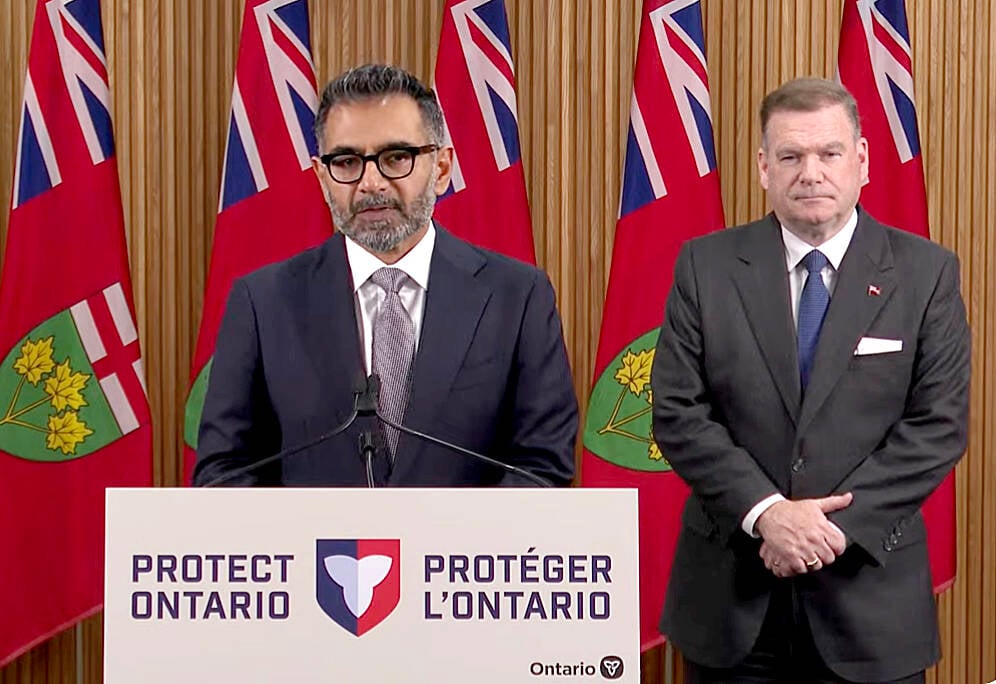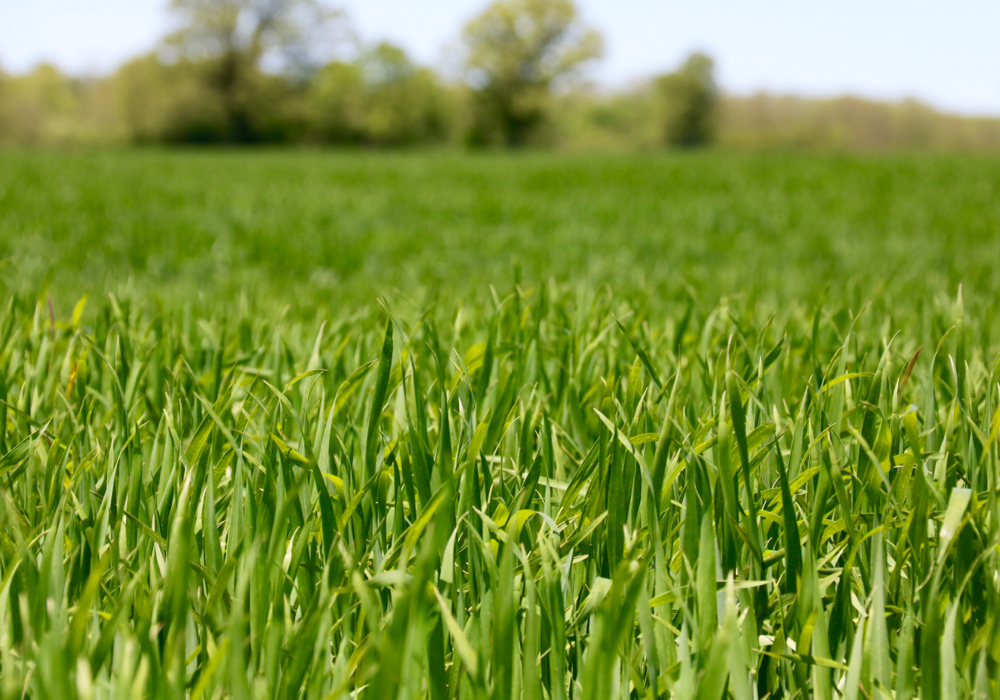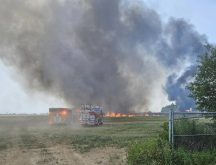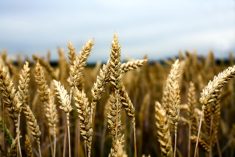Uneven crop development has made fungicide application a challenge in wheat this year, when fusarium risk is running medium to high across most of the province.
The winter wheat crop came out of the winter in poor state, after challenging planting conditions in the late fall. Many farmers elected to keep the crop, but its development is uncommonly variable.
Why it matters: Efficient protection against fusarium requires properly timed fungicide application.
Read Also

Conservation Authorities to be amalgamated
Ontario’s plan to amalgamate Conservation Authorities into large regional jurisdictions raises concerns that political influences will replace science-based decision-making, impacting flood management and community support.
“It’s a big challenge as it relates to the lack of uniformity in some of these stands,” says Joanna Follings, cereals specialist for the Ontario Ministry of Agriculture, Food and Rural Affairs. “Some of the tillers are further behind and not at the right stage.”
The risk of fusarium is also high for parts of the province, according to the DONcast program.
Soggy fields and damp ground, as are common this year, are good breeding grounds for fusarium. If the temperature reaches 22 C to 27 C, there’s even more potential for fusarium to develop.
Not all farmers will spray fungicide on wheat, as the cost of the application cuts into the profitability of what could, in some cases, be a poorer-than-normal-yielding crop.
It is difficult yet to put a number on how many acres of wheat were killed off due to poor emergence and overwintering problems. More wheat was kept than expected because farmers were unable to spray due to wet conditions. The wet year prompted some farmers to keep the wheat growing in fields, despite its poor condition because they faced problems getting other crops planted.
“Most producers of good wheat don’t take it for granted and do an application (of fungicide) regardless of the risk,” says Deb Campbell, an agronomist and owner of Agronomy Advantage, based near Dundalk.
“This is not a cost I’d try to cut, if you are trying to make something out of this marginal crop.”
Campbell says there’s a five to seven-day variation in wheat development in many fields. Some tillers are that far behind the primary head and will make it more difficult to get the 70 per cent of heads covered that is the goal of fungicide sprayed to prevent fusarium.
The goal is to spray when 75 per cent of the heads on the main stem reach complete emergence, or growth stage 59, says Follings. Then the optimum timing for spraying is the next day at the beginning of pollination, when the anthers are visible on the middle of the wheat head. That means there’s a limited window for application.
Last year, the application window was short because the wheat was maturing quickly under heat and excellent growing conditions. This year, the wheat is maturing slower, so there will be more time for fungicide application.
Campbell says that there’s still value in spraying up to seven days after head emergence. A second application may also have made sense, she says, but is economically difficult to justify.
Scout for leaf diseases, insects
Follings says little leaf disease has been found this year so far, but she encouraged farmers to scout for septoria and stripe rust.
Cereal leaf beetles have also been found in the wheat crop, says Follings, but not yet at levels that cause concern. They could be an issue in spring cereals, if wheat fields are killed off and the beetles move into other crops.
How to make room for 2020 wheat?
Figuring out how to plant next year’s wheat crop is driving some of this spring’s complex planting decisions, says Campbell. Farmers who want to keep wheat in their rotation may not have great opportunities to plant wheat if soybeans are later maturing due to late planting.
That’s meant some farmers planted barley or are looking at shorter season corn or soybeans to follow with wheat, especially if they’ve rolled over contracts due to a lack of wheat this year.













